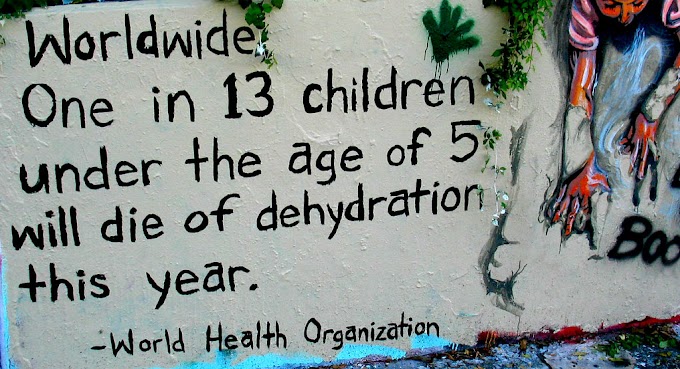It is a lower respiratory tract infection which involves mainly lungs.
Person of any age can get this infection but infants (<2 years) and elderly people are at higher risk.This is probably due to their weakened immune system.
What are the causes of Pneumonia:-
(1) Bacterial infection.
(2)Loss of suppression of the cough reflex.
-coma
- anaesthesia
-Neuromuscular disorders
(3) Injury to mucociliary apparatus
(clearing mechanisms are impaired)
-cigaratte smoke
- inhalation of hot or corrosive gases
- viral disease
- Immotile cilia syndrome
(4) Pulmonary congestion and edema
Clinical features:-
-high grade fever
- productive cough
- pleuritis
Chest X- ray finding:-
-signs of consolidation
Types of pneumonia:-
1. Typical/Air space pneumonia:-
- accumulation of intra-alveolar exudate following a bacterial infection.
Typical pneumonia can be further divided into 2 types:-
- Lobar pneumonia
- Broncho pneumonia
Lobar pneumonia
- extensive involvement of whole lobe of lung
- more common in adults
- can occur in healthy persons
- Causative bacteria are:- • pneumococcus
• Klebsiella pneumonia
•Staphylococcus
•Streptococcus
- infection spread through bronchial lumen
- good prognosis
Bronchopneumonia :-
- Patchy consolidation of mostly basal lobe of the lung.
- More common in infants and old age
- Occur if presence of pre-existing disease
- Causative bacteria of bronchopneumonia are:- staphylococcus streptococcus H.influenzae
- Infection spread through walls of the bronchus
- Poor prognosis
Staging of lobar pneumonia:-
1. Congestion
- it persist for initial 2 days
- characterised by presence of fluid in alveoli which is further complicated by bacterial infection and presence of neutrophils.
2. Stage of red hepatization:-
-it persist for 3-4 days after congestion
-there is leakage of RBC clot in alveolar fluid along with fibrin deposition in small amount
- lung appear firm,red like liver.
3. Stage of grey hepatization:-
- it persist for 5-8 days after 2nd stage
-in this stage the RBC trapped inside alveolar fluid get trapped along with extensive fibrin deposition
4. Resolution:-
In this stage neutrophils and macrophages phagocytose the cellular debris
(2) Atypical pneumonia:-.
- no bacterial etiology
- characterised by interstitial tissue inflammation followed by mononuclear infiltration (lymphocyte)
Clinical features:-
-fever
- non productive cough
- malaise
Chest X-ray finding:-
-No sign of consolidation
-Interstitial tissue markings
Atypical pneumonia caused by:-
-Mycoplasma
-chlamydia
-Coxiella Burnetti
-influenza virus
-respiratory syncytial virus







0 Comments
Please do not enter any spam link in the comment box.
Emoji